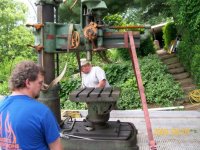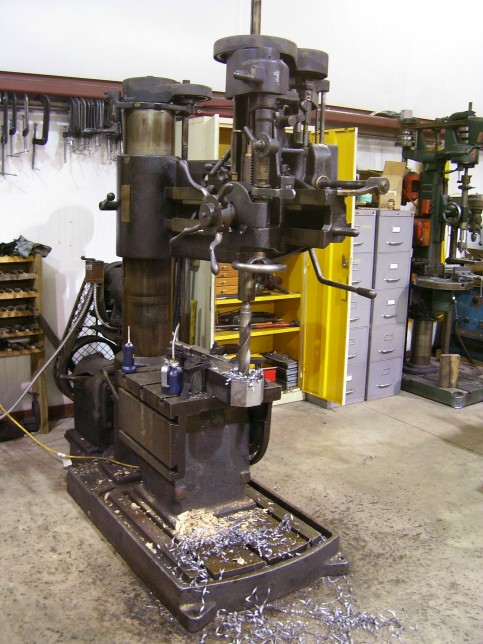calvin b
Hot Rolled
- Joined
- Nov 29, 2007
- Location
- E-burg MD USA
Hi YA'll,
An old Cincinnati-bickford found it's way into my shop today.. If anyone could point me in the direction of an owners manual I'd be much obliged.. I've oiled it up some using vactra no# 2 way oil on the assumption that any oil is better than no oil.. Any pointers on the right type of lube would be most useful..
Thanks in Advance,
Calvin
An old Cincinnati-bickford found it's way into my shop today.. If anyone could point me in the direction of an owners manual I'd be much obliged.. I've oiled it up some using vactra no# 2 way oil on the assumption that any oil is better than no oil.. Any pointers on the right type of lube would be most useful..
Thanks in Advance,
Calvin











